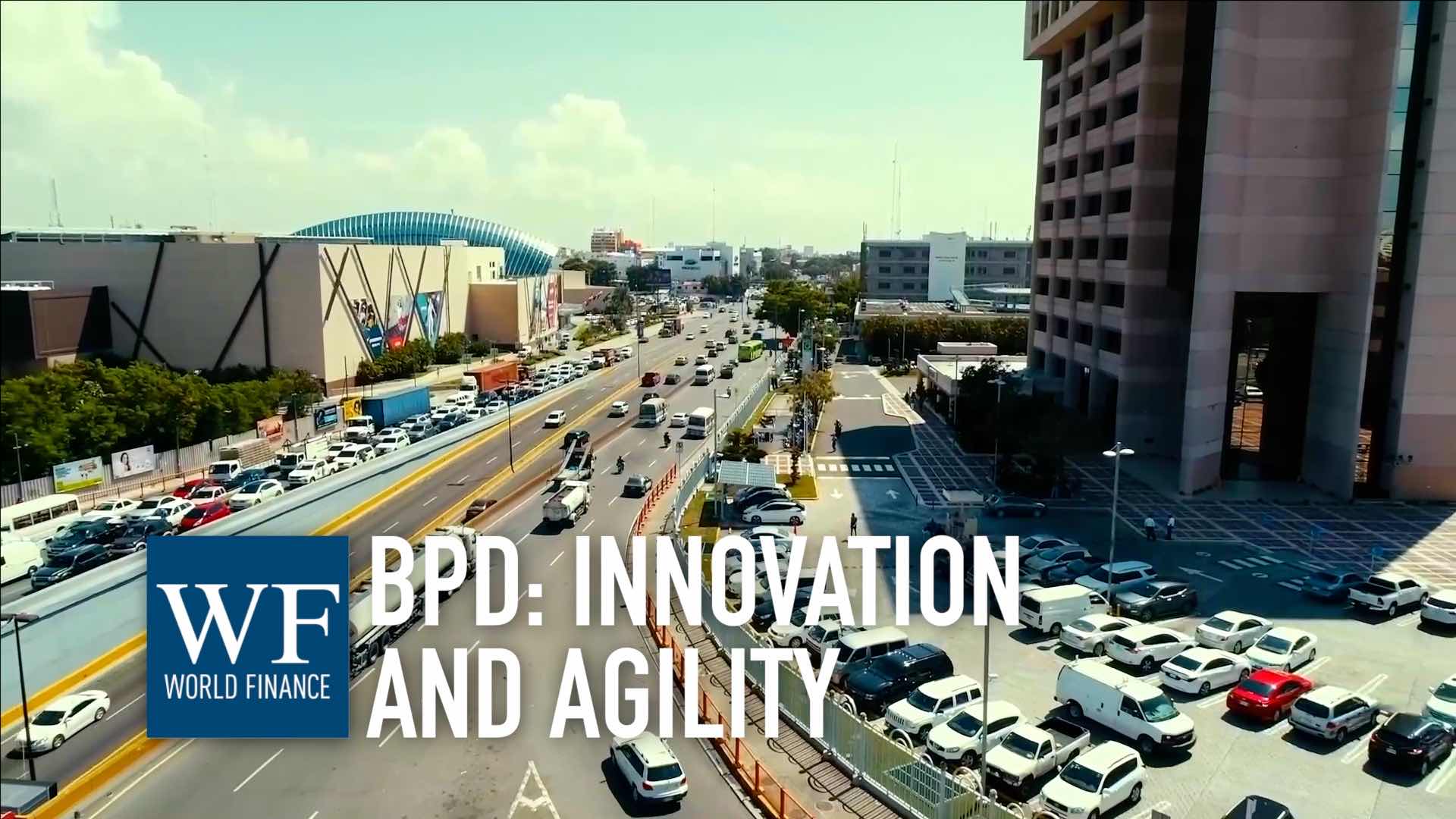Lahaie: Paraguay must maintain tight fiscal policy to hit investment grade
Paraguay’s decade of five percent growth is attracting investors, says Abbeyfield Group CEO Sebastien Lahaie – but it’s not level with Chile, Peru, or Colombia yet
Related:
Transcript
Ratings agency Standard and Poor’s has upgraded Paraguay to BB, because of its very stable overall outlook. But, says Abbeyfield Group CEO Sebastien Lahaie, Paraguay mustn’t get complacent if it’s to continue on its attractive growth path. Sebastian explains what has fuelled Paraguay’s growth, banking sector reforms, and the potential for public pension institutions to invest into Paraguay.
World Finance: Sluggish growth in Brazil and Argentina is having a knock on effect in Paraguay, a country pitted between the two economic giants.
Here to share insight on how the banking sector is responding: Sebastien Lahaie.
Now let’s talk about how you would characterise your country when it came out of the depths of the 2008 crisis?
Sebastien Lahaie: Following the 2008 crisis, the response from Paraguay was to immediately lower interest rates. That reduction in interest rate laid the foundation for future growth that we are experiencing since then: both in the financial sector but as an economy overall.
World Finance: So how do you think the banking sector found its equilibrium, as it came out of this period?
Sebastien Lahaie: To understand this, we need to look at the beginning over the last 10 years, since 2004 when the financial sector benefited from the first regulation that was set in place in Paraguay. Resolution about provisioning levels, classification of bad loans and loan performance monitoring.
The country started to experience massive growth in the financial sector that only slowed down slightly in 2008-9. Right after that, with the low interest rates, the sector continued to grow massively and has fuelled the growth of the country, which has an average of about five percent year in, year out for the last 10 years.
World Finance: Given that it has such a strong pace of growth, tell me how has banking sector reform kept pace?
Sebastien Lahaie: First the country laid down the ground rules for non-performancing loans, non-performing loan provisioning ratios. What kind of level do you need to have in the bank, how do you monitor the non-performance: 30 days, 60 days, 90 days. Over the last 10 years the focus has now shifted to the solvency and the level of capital that each bank needs to have.
We currently have a piece of legislation that has been discussed with the central bank and with congress to re-evaluate those levels of solvency and what level of capital do Paraguayan banks need to have. We have to bear in mind that there is no capital market activities in Paraguay, it is a very traditional banking system: commercial and retail.
So having solvency ratios that are identical to the ones we are trying to have in Europe or in the US is somehow very conservative and to a certain extent, appropriate for Paraguay as well.
World Finance: So as a country that is caught between Brazil and Argentina, you are heavily reliant on capital markets. Tell me how the instability over there impacts your country?
Sebastien Lahaie: Paraguay has benefited from its own resources to fuel the growth of the banking system over the last 10 years. Most of the deposits in the banking system are from local Paraguayans and local investors.
The banking system as a whole is not very dependent on external funding, about 50 percent of its funding comes from outside Paraguay and mainly through multilateral agencies of the development bank.
So Paraguay is not a country: or its financial system, it would be better to say, is not dependent on external funding from capital markets per se. However the interest in Paraguay has been such that we have seen a massive inflow of credit lines from multilateral development banks. And that is the funding that has allowed banks in Paraguay to offer longer-dated, longer-maturity credit that has helped that growth.
What we are seeing now in Brazil and Argentina, which are two countries that were highly dependent on capital markets outside for its own funding, is that when that money dries up, and if you don’t have a solid capital base in the country itself, growth is impacted negatively.
World Finance: Of course, ratings agency Standard and Poor’s has upgraded your country to BB because it felt there was a very stable overall outlook. Tell me: how has that impacted your ability to continue driving investment interest?
Sebastien Lahaie: I mean, obviously when a country grows at an average of five percent per year for the last 10 years, it starts to draw, to bring attraction, and the light is currently shining on Paraguay as an investor’s destination. However it still remains somehow an exotic destination for Latin America: it’s not Peru, it’s not Colombia, it’s certainly not Chile yet.
However the potential for growth is really high. Increasing the rating of the country, has given the opportunity to some investors who have limitations in where they can invest their own funding – especially asset managers – it’s gave them the opportunity to start discovering Paraguay as a potential destination for their funds.
We are still not investment grade but we are one notch below and I am hoping that within the next couple of years we’ll get there. With that fame – in brackets: sudden fame – from sovereign debt, Paraguay has been able to issue government bonds for the very first time over the last three years through two issues; two separated issues that placed about $1.5bn of bonds.
The temptation is always high to continue the issuance and it is important to maintain a very tight fiscal policy, which progress has been able to do. Still an on-going discussion, but I think it’s one of the key strengths of the country’s stable microeconomic data.
World Finance: Finally can you tell me what is in store in terms of banking reform?
Sebastien Lahaie: The average maturity for deposits in Paraguay has gone from about six to seven months, 12 years ago, to about shy of two years now. We’re still a long way to get longer deposits in the system, we are still very dependent on multilateral institutions, development banks to get longer-term funding – so that we can finance infrastructure that is very, very much needed for the development of the country.
One piece of legislation that’s extremely important to pass and hopefully will before the end of the year is private and public pension regulation, which will allow for the public institutions to invest their pension savings, inside the country – so banks can issue long-term dated bonds.
For example, public institutions will be involved to invest in those and in return we can fund domestically long-term investments that are needed in the country.
World Finance: Very interesting Sebastien – thank you so much for joining me today
Sebastien Lahaie: Thank you very much for having me.

 Prepare now for aggressive shareholder activism under Trump 2.0, says Kai Liekefett
Prepare now for aggressive shareholder activism under Trump 2.0, says Kai Liekefett Banco Popular Dominicano: Digitalising Dominican finance
Banco Popular Dominicano: Digitalising Dominican finance
